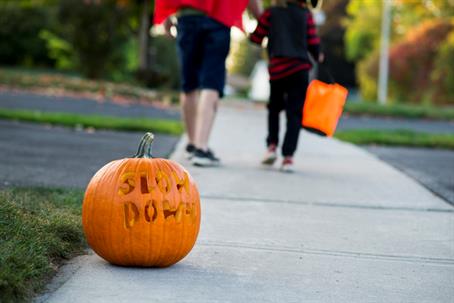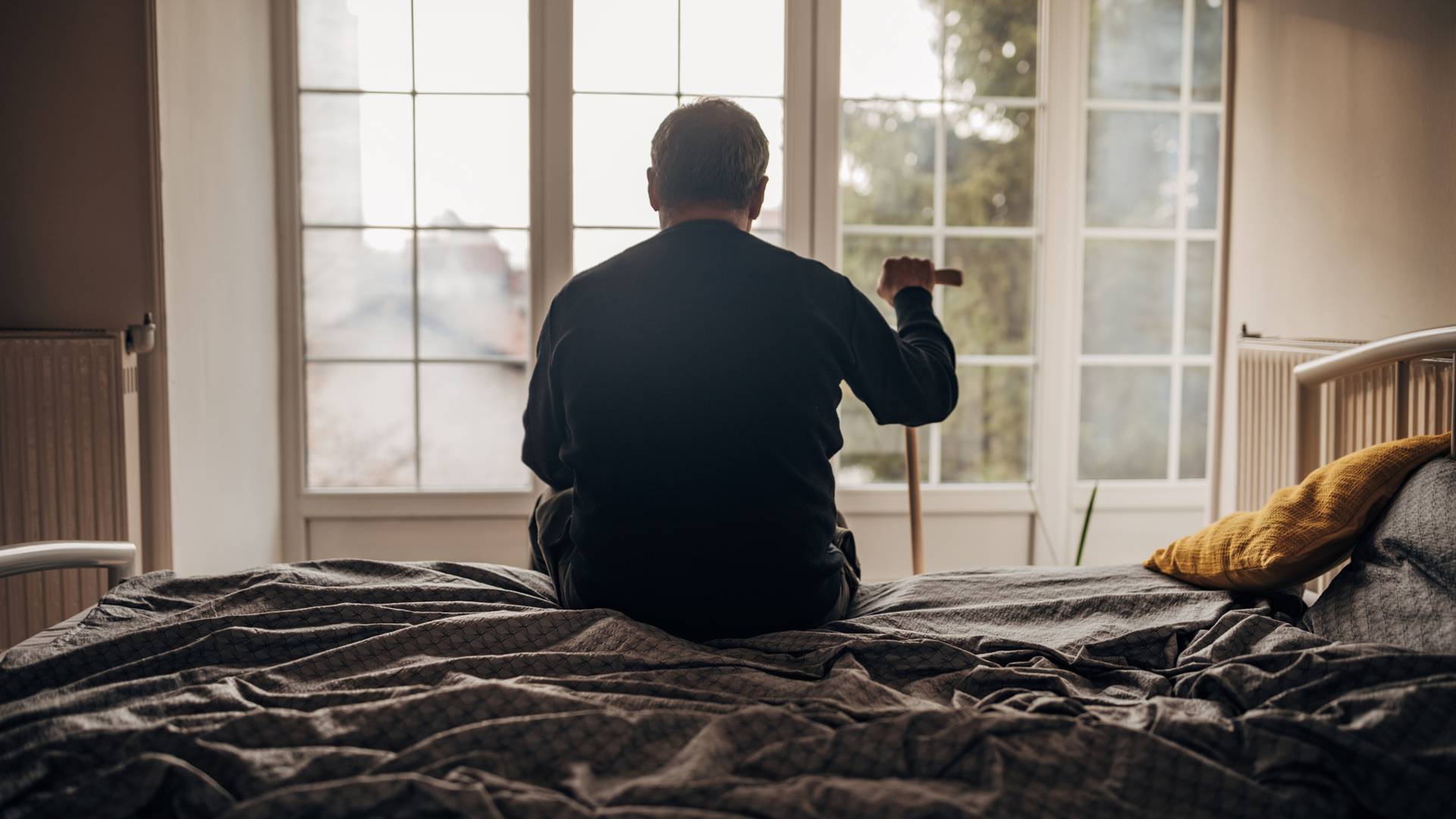When October 31st arrives, it brings costumes, candy—and, unfortunately, elevated risk for pedestrians. According to research analyzing four decades of data, pedestrians face roughly a 43% greater risk of fatal injury on Halloween night compared with similar evenings. Awareness and caution matter more than ever, whether you’re trick‑or‑treating or just out in your community.
While children are often the focus of concern, dangerous conditions affect walkers of all ages. One study suggests pedestrians of all demographics are at higher risk between 5 p.m. and 9 p.m., with the highest hazard typically occurring between 6 p.m. and 7 p.m., when daylight fades and activity peaks.
Why Halloween Night Is Particularly Risky
First, streets are crowded. Neighborhoods are filled with excited walkers, and many children wear costumes that can reduce visibility or mobility. Drivers may be distracted by decorations, anticipation of festivities, or evening traffic.
Second, visibility issues multiply. Dark, oversized, or mask-wearing costumes can make it hard for pedestrians and drivers to see and be seen. Reflection and lighting become critical, yet many kids are not equipped with glow sticks or reflective tape.
Third, alcohol plays a role—not just for trick‑or‑treaters, but drivers too. Increased adult socializing around Halloween leads to more impaired driving incidents, amplifying the danger.
These risk factors—crowds, darkness, costumes, impairment—combine uniquely on Halloween to make it one of the most dangerous nights for pedestrians.
How to Stay Safe: Tips for Walkers, Parents & Drivers
- Use well‑lit, marked crosswalks only. Children and adults should cross at legal intersections. Mid‑block crossings are especially risky when visibility is poor.
- Choose visible costumes. Bright colors, reflective strips, glow‑in‑the‑dark accessories, or battery‑powered LED lights help drivers see you. Avoid overly long costumes or masks that obstruct vision.
- Walk in groups. Groups are more noticeable than individuals; older kids can help younger ones stay safe.
- Limit distractions. Put phones away, remove headphones, and stay focused on your surroundings. Don’t assume drivers see you.
- Drivers: slow down. Reduce speeds in residential areas, especially between 5 p.m. and 9 p.m.—the peak window for pedestrian fatalities.
- Drivers: avoid impairment. Don’t drive after drinking. Halloween sees a spike in alcohol‑related traffic deaths—roughly 25 on average per night nationally between 2015 and 2019.
After an Accident: Know Your Rights
If you or a loved one is injured, it’s important to understand your options and rights:
- Fault matters—but California is a comparative‑negligence state. Compensation can be reduced based on shared fault, so evidence and expert guidance are crucial.
- Collect evidence promptly. Police reports, medical records, photos, and witness statements can establish who was responsible.
- Insurance companies may minimize your claim. A skilled personal injury attorney can help ensure you’re treated fairly.
- Compensation may cover: medical bills, lost wages, pain & suffering, and other damages.
San Francisco Pedestrian Accident Attorneys
In San Francisco and across California, Rouda Feder Tietjen & McGuinn is committed to standing with individuals and families affected by pedestrian injury. Since 1980, we have built a reputation for principled, compassionate, and powerful advocacy—recovering over $500 million for clients and earning peer‑recognized distinctions and top ratings. When Halloween turns tragic, you don’t have to navigate the aftermath alone.
If a negligent driver has injured you or a loved one—on Halloween or any other day—contact us for a free consultation. Let our experienced team help you hold responsible parties accountable and pursue the justice and compensation you deserve.


